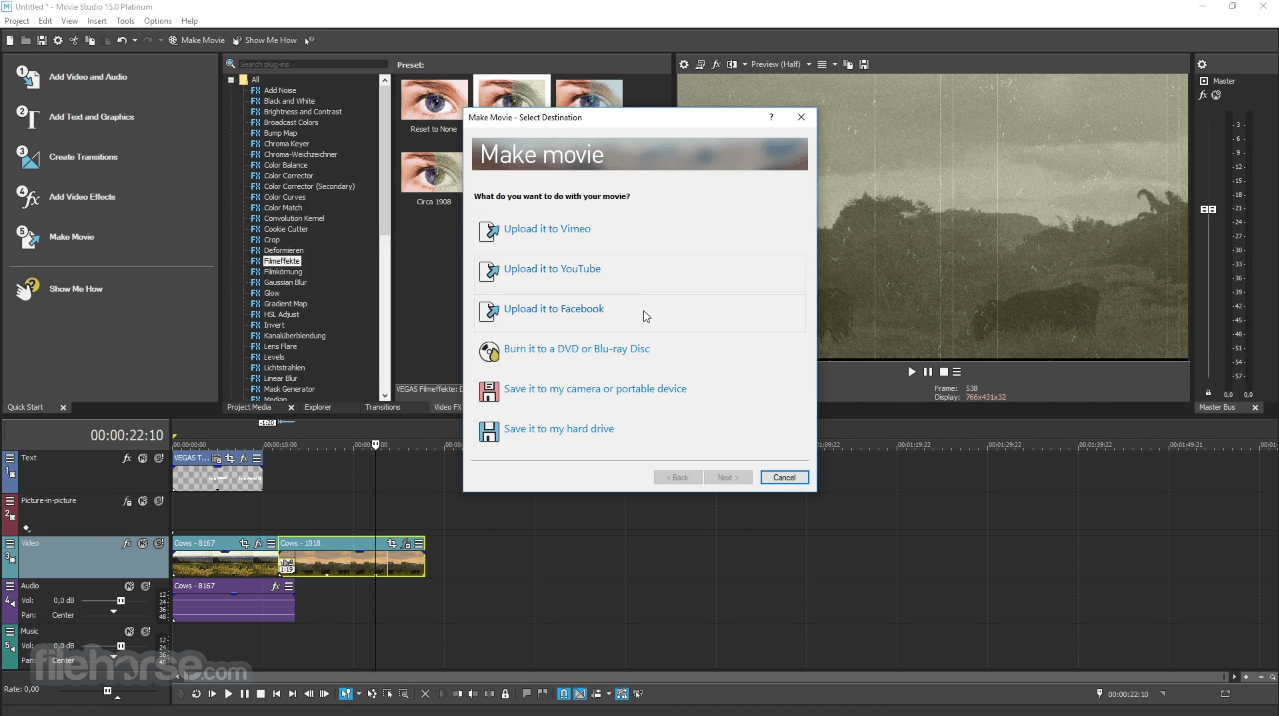

Let’s back track to the discussion on value.

I thought of adding the power consumption part but I don’t think it’s necessary, since the video encoding time doesn’t take all that long and the difference in your electricity bill wouldn’t be significant. Still wondering what formula would be good. *Just realized the VALUE part doesn’t seem quite right. While speed is important, I think studying the value makes the benchmark more informative. Higher the number indicates better the value for money. The numbers under the VALUE column is derived by dividing the time taken with cost. Note that I’ve also added a COST and VALUE column. Here’s the result from the benchmark, I’ve sorted them (based on completion speed) for ease of viewing. Video: 25 fps, 1280×720 Progressive, YUV, 8 Mbps The test is simple – to convert this video in its original Full HD (1080p) form into 720pĪudio: 128 Kbps, 48,000 Hz, 32 Bit, Stereo, AAC

The Contendersģ CPUs in this test, with the i5-2500K overclocked, just for lulz. (AMD Athlon X3 425 and Phenom II X6 1100T will be added, some other time). Since the software supports GPU acceleration, I thought I’d give my existing processors and GPU a spin. Have you seen the video in the last article? (AMD APU Media Launch) – notice how the video now has an intro and ending? 🙂 I finally took the leap and acquired a proper video editing software, and now it’ll be use for all upcoming benchmarks. A unbelievably long title for a rather long article, nevertheless the title is justified and you shouldn’t be concerned about it.


 0 kommentar(er)
0 kommentar(er)
